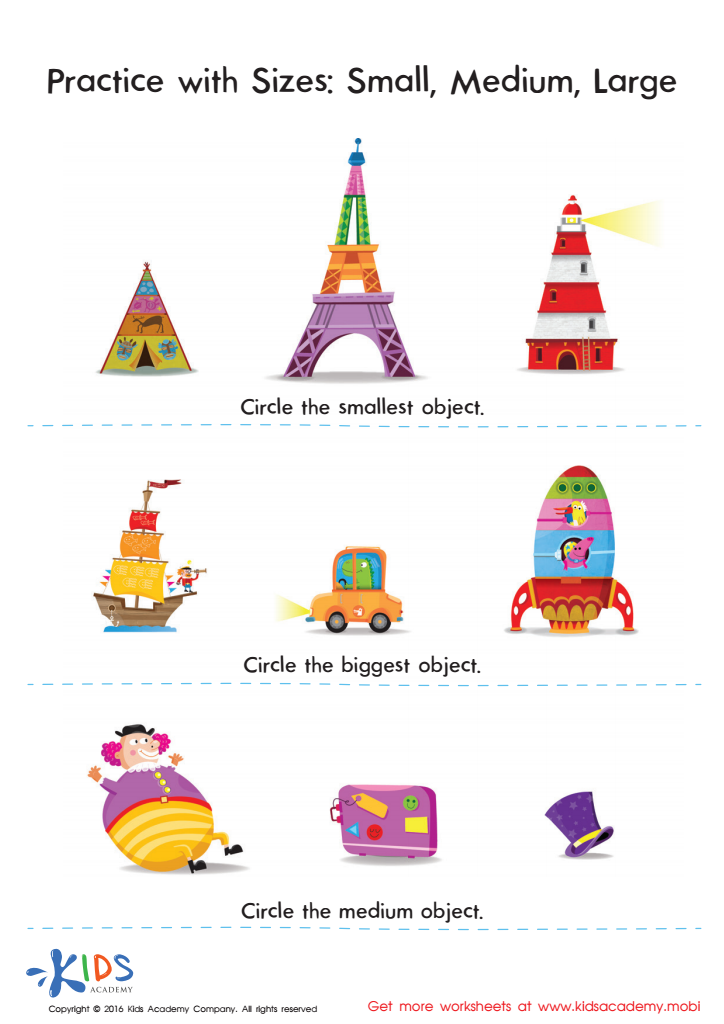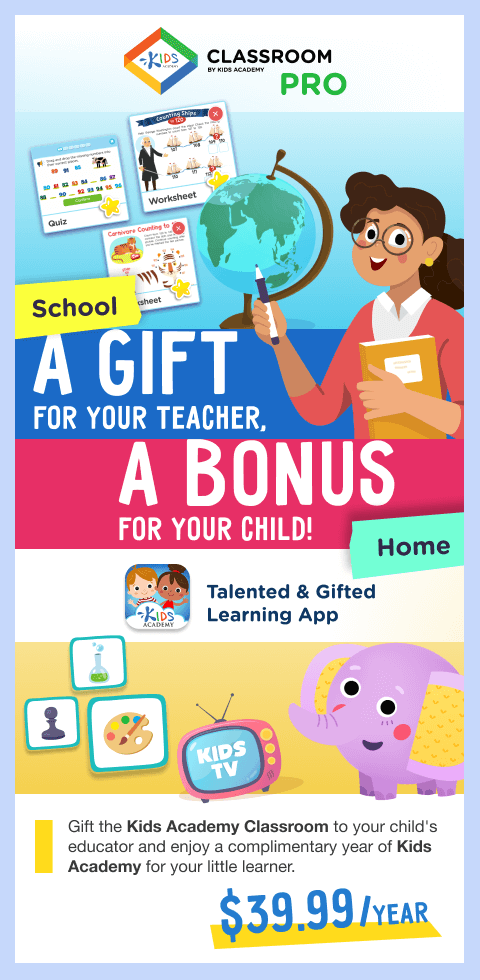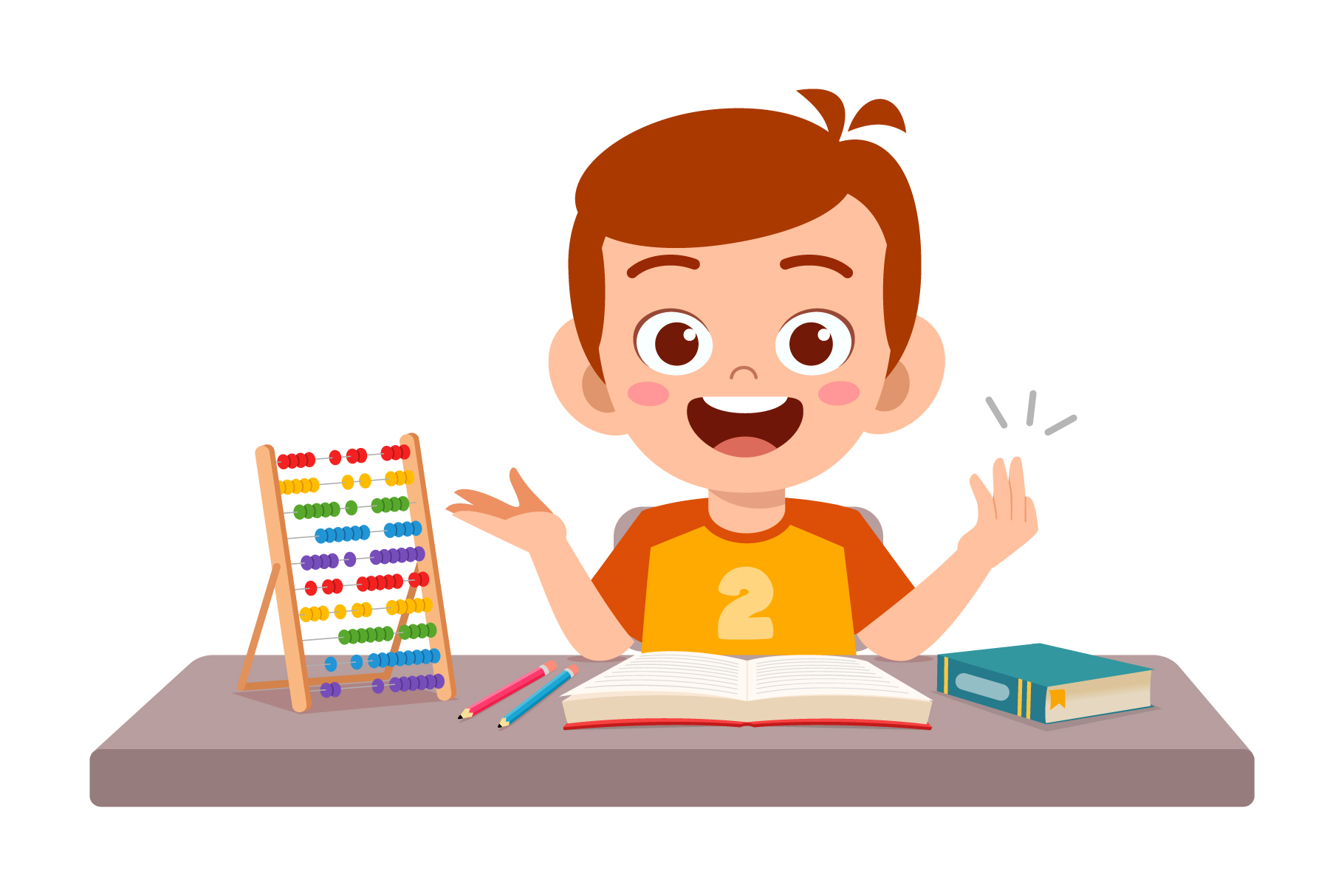Comparative analysis Worksheets for Ages 3-4
3 filtered results
-
From - To
Unlock your child's potential with our Comparative Analysis Worksheets tailored for ages 3-4. Perfectly designed to enhance early learning, these worksheets focus on fundamental skills like identifying similarities and differences, enhancing observation, and fostering critical thinking. With colorful, engaging content crafted by experts, our worksheets offer a fun and educational way to keep your toddler intrigued and motivated. Ideal for parents and teachers seeking to build foundational cognitive abilities, these printable resources are your go-to for ensuring your little one is set up for future academic success. Visit www.kidsacademy.mobi for more!
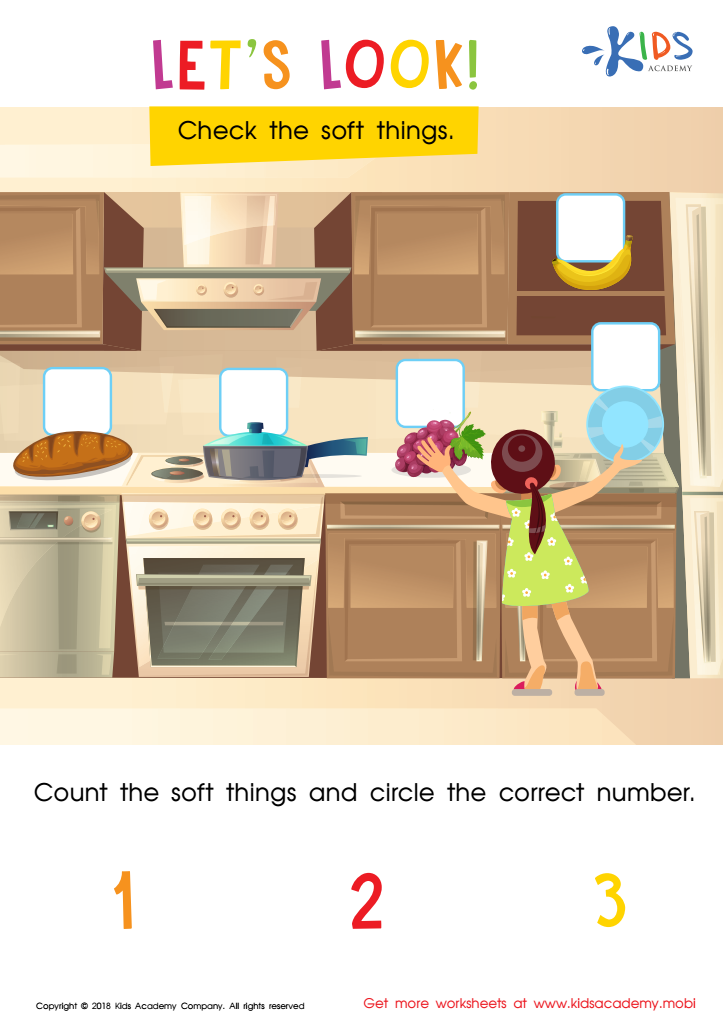

Let's Look! Assessment Worksheet
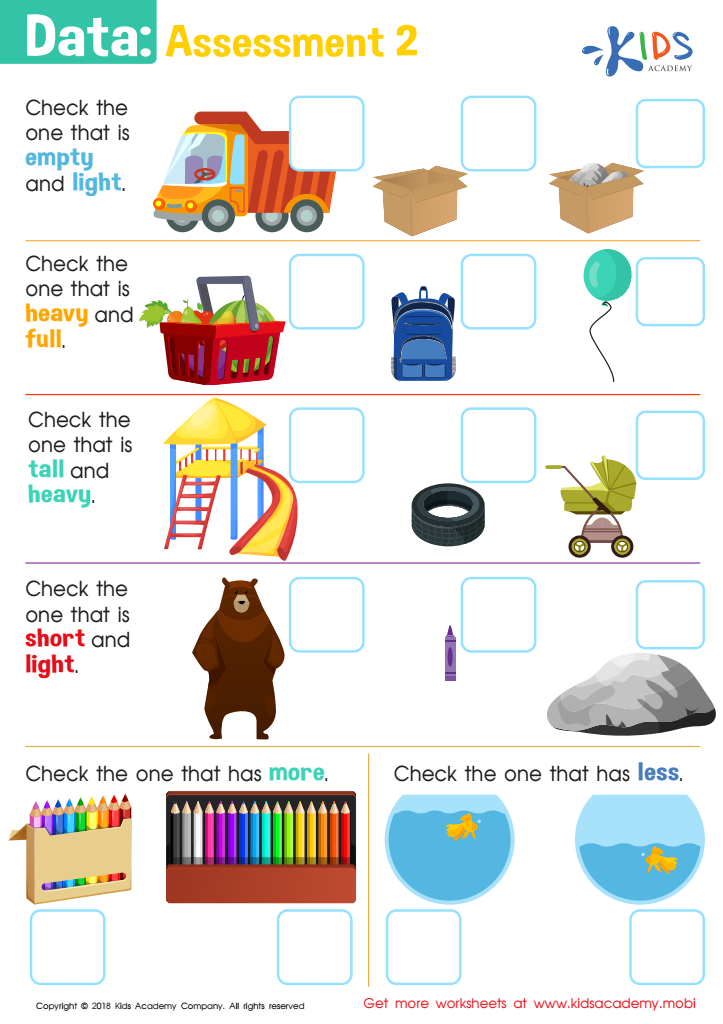

Data: Assessment 2 Worksheet
Comparative analysis for children aged 3-4 is crucial for parents and teachers because it helps identify developmental milestones and areas where a child might need additional support or enrichment. At this age, children undergo rapid physical, cognitive, social, and emotional development. By systematically comparing their progress against established benchmarks or the progress of peers, caregivers and educators can gauge whether children are on track. This doesn’t mean pressuring children into competition but rather ensuring they receive the right guidance at the right time.
For example, if a teacher observes that a majority of children in the class can express themselves using complete sentences, but a few lag behind, it could indicate a need for language enrichment activities for those lagging. Similarly, if parents notice their child having difficulties with basic motor skills that their peers have mastered, early intervention can be sought. Early intervention is known to significantly improve outcomes, allowing for targeted support in areas like speech, motor skills, or social behaviors.
Moreover, comparative analysis helps in adapting curriculums and learning experiences suited to children's varied paces of learning. This personalized approach fosters a nurturing environment where all children can thrive, emphasizing growth and development according to their unique trajectories. By valuing comparative analysis, parents and teachers can proactively address developmental needs, thereby fostering well-rounded growth.
 Assign to My Students
Assign to My Students

